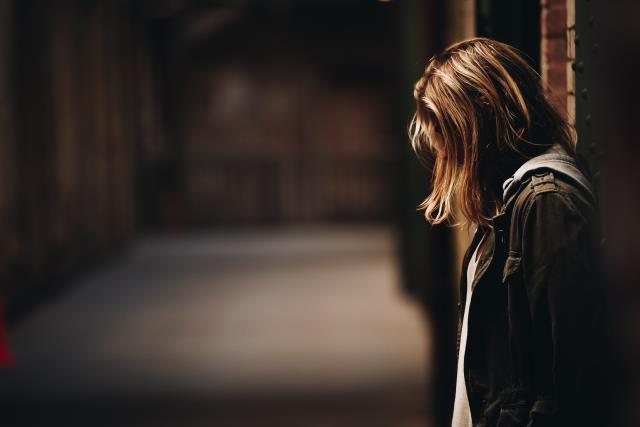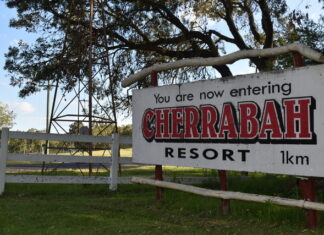Digital Edition
Subscribe
Get an all ACCESS PASS to the News and your Digital Edition with an online subscription
Wildlife experts weigh in on Cherrabah development plans
Experts have suggested increased heavy vehicle traffic from Cherrabah Resort’s proposed water bottling plant could pose risks to endangered spotted-tailed quolls, but were uncertain...








